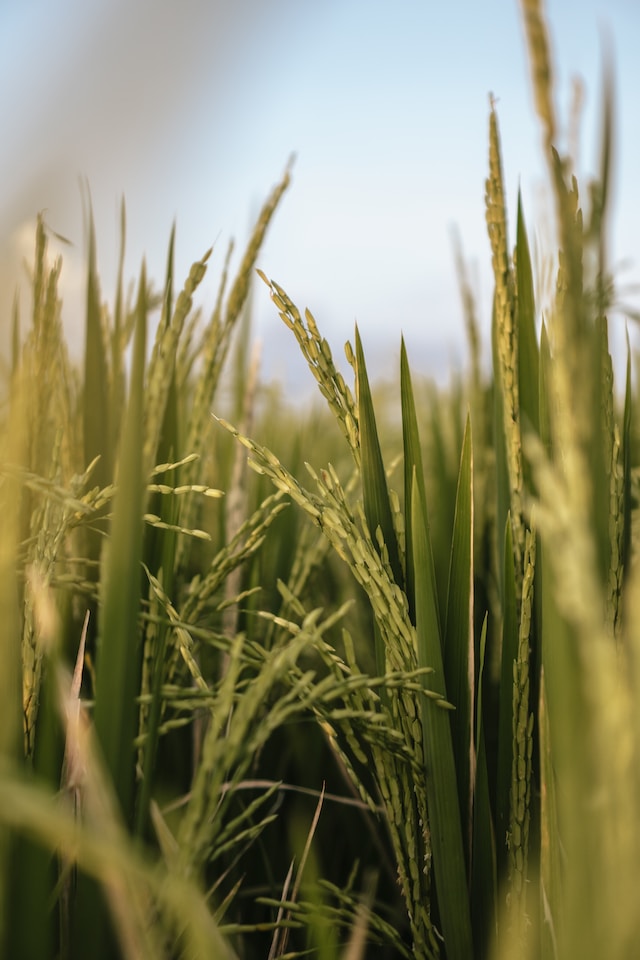Climate change is wreaking havoc across the globe, notably endangering agriculture. Crops and animals are equally affected, as rising temperatures raise concerns among farmers.
One particular crop that is currently in trouble is rice. Periods of low precipitation make it difficult for seedlings to sprout and grow, yet too much rain makes it difficult for the crops “to keep their heads above water,” The New York Times explained.
In addition, the salt from seawater is harmful to crops. As sea levels are rising in the Mekong Delta of Vietnam, seawater is traveling further inland than it ever used to.
The Greenly Institute argues that rice is both the “victim and contributor” to its own demise.
According to Greenly, the reason behind this is the introduction of industrial rice farming, as farmers were merely adapting to the growing food demand on top of fighting famine. This meant using hybrid seeds and chemical fertilizers, resulting in three harvests a year.
How rice farming contributes to climate change
According to the World Bank, “Rice is responsible for 10% of global methane emissions, and in Southeast Asia, one the world’s major rice bowls, rice cultivation accounts for as much as 25-33% of the region’s methane emissions.”
Rice farming—the conventional way, at least—may be a factor when it comes to climate change. Traditionally, rice is grown in flooded fields where rice straw residue decomposes, releasing methane into the atmosphere. On top of that, the use (or overuse) of nitrogen-based fertilizers could lead to nitrous oxide emissions, as rice plants don’t absorb the fertilizer properly.
GHG emissions are further boosted by burning rice residues, like rice straw.
“Vietnam’s Mekong Delta produces around 29 million tons of rice straw per year and over 80% of it is burned in the fields after harvest,” the World Bank added in its report.
Could rice farming be made more sustainable?
The short answer is yes. One way would be by using less water. Research written in Environmental Science & Biology, carried out over a period of seven years, suggests farmers could let the rice paddies dry out a little before watering them again. By using this method, methane emissions were cut by approximately 60%, without altering rice yield.
Using biotech solutions can help too. CRISPR technology has been proven to be a successful method to grow crops, by efficiently manipulating their genome. As Bio.News previously explained, “CRISPR is basically a gene-editing technology that finds specific bits of DNA inside a cell and, once the bits are identified, alters a piece of it or turns genes on or off.”
The International Rice Research Institute (IRRI) is already working on developing new rice varieties, including weather-resistant rice that could tolerate drought, flood, heat, and cold, as well as issues in the soil itself, like high salt and iron toxicity.
“It’s a whole livelihood, it’s a cultural crop, you have religion involved, you have beliefs, stories. Life in Asia, and Southeast Asia in particular, has evolved around rice,” said Bjoern Ole Sander of the IRRI, per Scientific American.
“Rice has such a high carbon footprint, but the investments are still relatively low,” Sander added. “It is definitely a crop that deserves more attention.”




